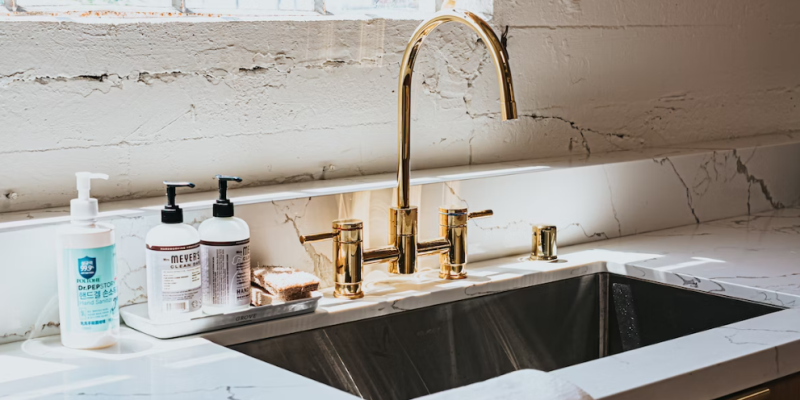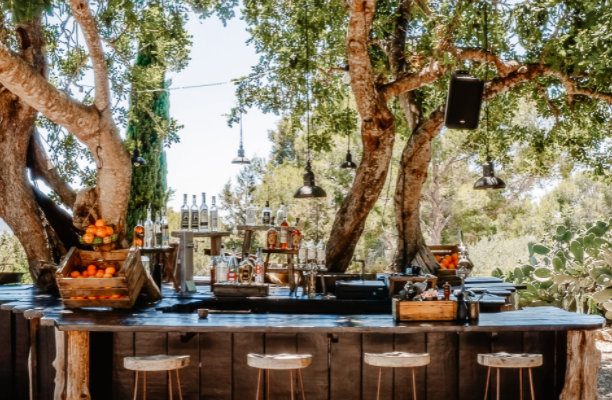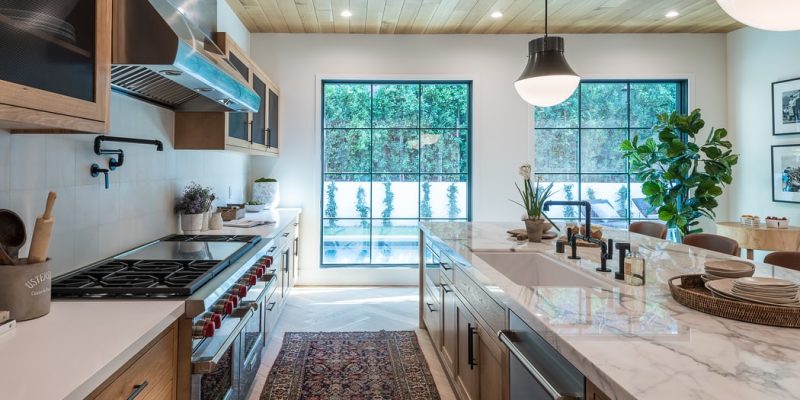To attract tenants and provide a functional and pleasant environment, the kitchen design of a rental home is quite essential!
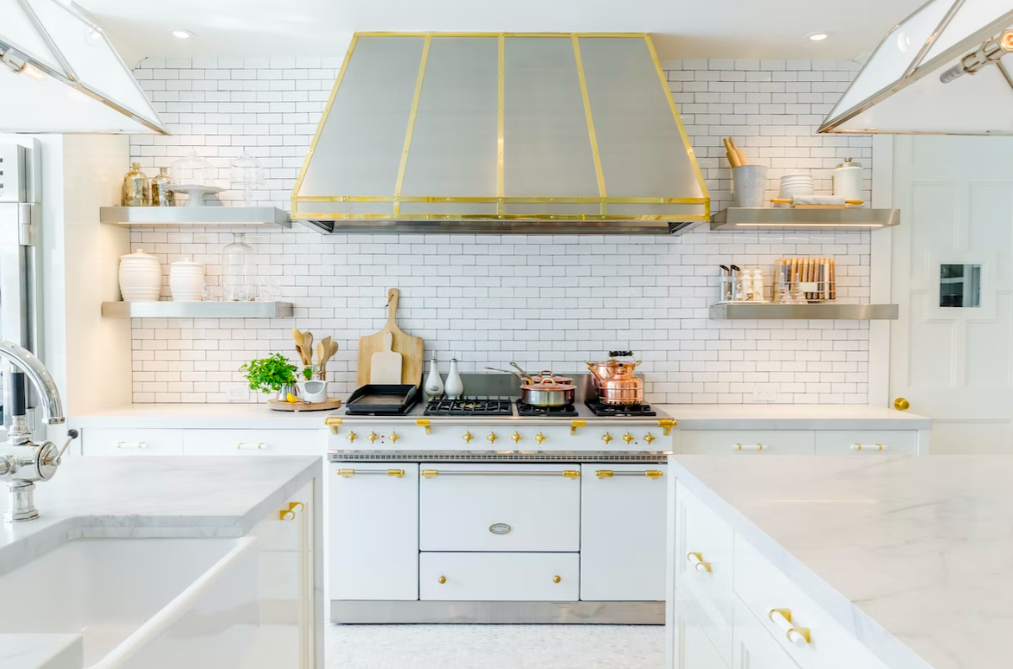
However, kitchen design trends have changed, much like those in other design fields. While keeping up with the most recent design trends is vital, some are best avoided, especially in rental properties. Landlords may make sure that the kitchens in their rental properties stay classic, helpful, and universally appealing to various tenants by avoiding these trends.
These trends may be popular, but they frequently need long-term appeal and utility to fulfill the needs of diverse tenants. Bay Property Management Group Chester County can guide you on what most tenants prefer in a kitchen. Understanding these pitfalls allows landlords to make informed design decisions that increase the value of their rental properties while also providing a long-lasting kitchen space.
In this article, we’ll discuss the top three trends to avoid when planning or upgrading rental property kitchens.
Top 3 Trends to Avoid in Rental Home Kitchen Design
1. All-white Kitchen
If you want to entice prospective home buyers, an all-white color scheme in your kitchen is the best bet. However, present-day kitchen designers are more inclined to make more comfortable, cozier places and are quick to experiment with texture and color.
It’s time to move past the all-white kitchen fad, which has been around for a while. A white kitchen can look sleek and contemporary, but it can also be antiseptic and icy. Consider incorporating a few splashes of color or a distinctive texture into your kitchen decor rather than going all-white. Finding bolder options is easier if you select different colors besides all white.
Adding organic components like wooden hardware, vibrant tiles, raw wood finishes, or eye-catching lighting fixtures will help you do this. While the kitchen should have a straightforward design, you can experiment with color to enhance the room.
2. Open Shelving
There are appropriate times and locations for open shelves; a few basic marble and steel slabs can look beautiful. However, replacing your cabinetry with open shelving is a trend that will soon become antiquated.
Open shelves are also dust magnets, which makes it challenging to keep everything tidy. Having curious children or animals inside the house could also make it dangerous. The safer option is to keep them hidden away in beautiful kitchen cabinets.
3. Pattern Backsplash
Even though a backsplash can give your kitchen a dash of vibrancy or texture, a pattern backsplash can be too much. Backsplashes with elaborate patterns or intense colors might make your kitchen appear antiquated and crowded. Instead, use a straightforward, time-honored backsplash design. A subway tile backsplash is a reliable and fashionable solution for any kitchen design.
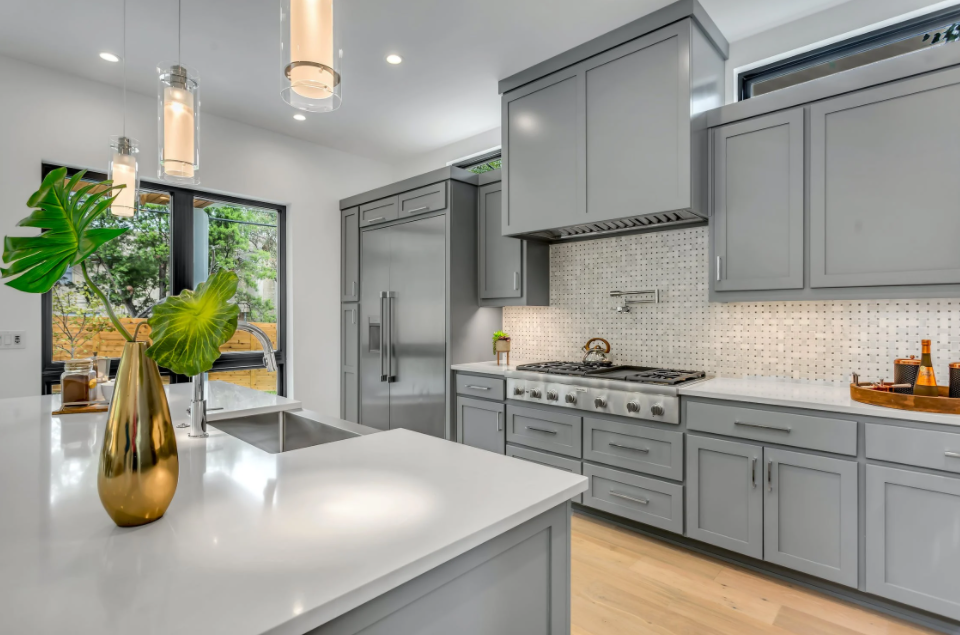
Why Kitchen Upgrades are Expensive
1. Materials and equipment
The price of kitchen remodeling can increase significantly by using premium materials and appliances. For instance, custom cabinets, expensive worktops like granite or quartz, luxurious flooring alternatives, and the finest equipment are frequently more costly.
2. Labor charges
Hiring qualified specialists to undertake the installation and renovation job, such as carpenters, plumbers, electricians, and contractors, can be costly. Concerning the project size, their rates may become expensive due to their qualifications and expertise
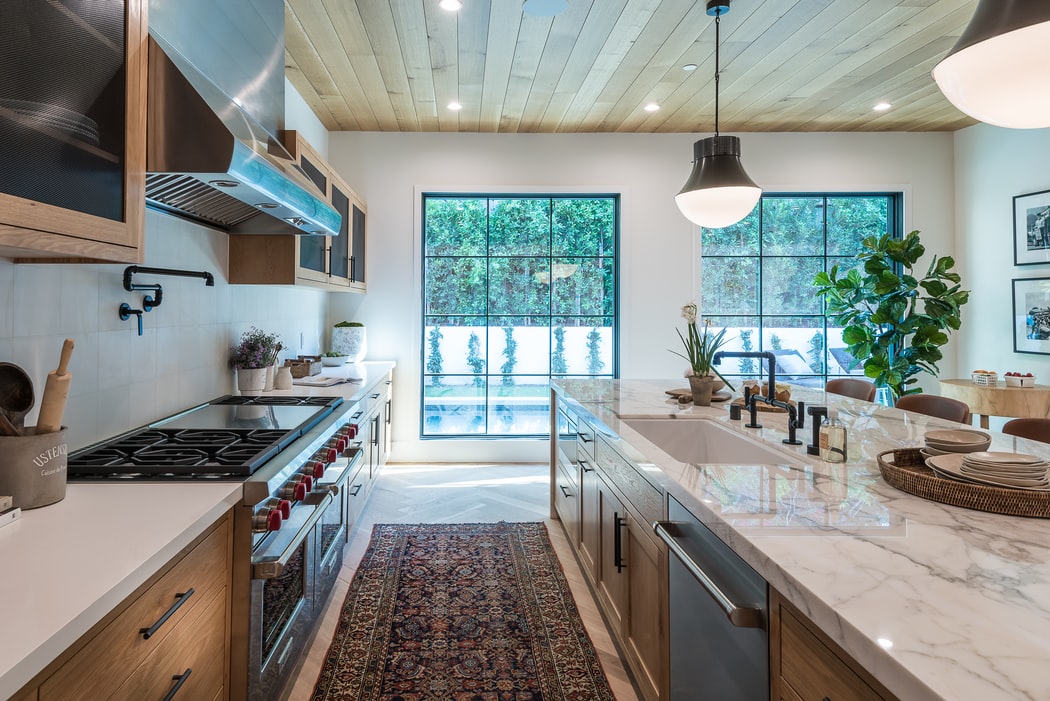
3. Structure-related changes
If you want to extend your kitchen, remove walls, move electrical or plumbing lines, or do any other structural work, you frequently need professional help and permission. These changes necessitate more creation, materials, and even engineering concerns, which might raise costs.
4. Intricacy and customization
The price of kitchen upgrades may increase due to complicated designs and customized features. Customizations that involve additional resources, effort, and artistry, such as one-of-a-kind design components, delicate tiling work, specialized lighting systems, or specially crafted cabinetry, are more costly.
5. Unknown problems
Unforeseen problems, such as water damage, mold, or obsolete electrical wiring, may appear throughout the renovation. Since you must fix these issues before the upgrades can get finished, resolving them can raise the total expense.
6. Restrictions and permits
There may be requirements to apply for permits and abide by local building standards and regulations for kitchen upgrades. The costs may increase due to permit fees and following these rules.
7. Electricity and plumbing work
Plumbing and electrical system relocations or upgrades can be expensive, especially if you have to reroute pipes, install new cables, or upgrade the main electrical panel to make room for more appliances or lighting fixtures.
Final Thoughts
It’s vital to avoid antiquated kitchen trends as time goes on because they may make your room appear worn-out and uninviting. If you want a contemporary and ageless kitchen, avoid using design features like exposed shelving and dark cabinets.
You can build a stunning and helpful place that will withstand the test of time by heeding everything we’ve discussed in this article, and you can keep your house feeling new and welcoming for decades to come.
Additionally, if you want to revamp your kitchen or give it a substantial makeover, it will cost you a hefty amount. You can spend from $500 to several thousand dollars on kitchen remodeling. There’s nothing like upgrading your kitchen if you possess the resources.

